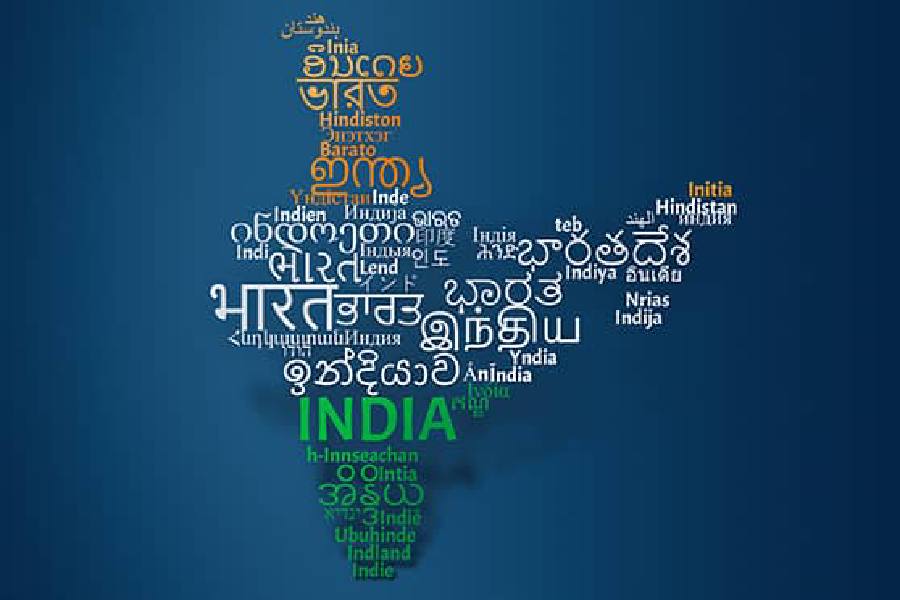History is often prey to socio-political demands. The Centre’s recognition of Bengali as a classical language along with four others gave rise to a kind of congratulatory pleasure in the West Bengal government. But the recognition of a language as classical, as Sanskrit and Tamil are, should have little to do with politics. It is an academic matter, a retrospective historical classification and not the recognition of a linguistic characteristic. The Centre’s criteria for a classical language include the requirement that it should be between 1,500 to 2,000 years old with texts or recorded history to prove this, it should have an ancient body of literature that would be a cultural legacy and its ancient form should be distinct from its modern one, like old Tamil and modern Tamil. The advantages of a classical language are academic too. Governments support their preservation, research and scholarship. These not only consolidate the literary and intellectual heritage of a country but also open up new horizons of learning.
Researchers from the Institute of Language Studies and Research in Calcutta under the state government carried out extensive researches and found evidence of the existence of the Bengali language 2,600 years ago. A 7th-century CE Chinese dictionary has a number of Bengali words, two of which have similar forms today; their meanings are the same as now. Ashokan edicts in Gujarat have a consonant written in the unique Bengali way and excavations in Mahasthangarh in Bangladesh, too, have revealed secondary evidence of Bengali in ancient times. Evidence such as this made up the ILSR’s submission to the Centre which then recognised Bengali, Marathi, Pali, Prakrit and Assamese as classical languages. Evidently, ancient texts of Bengali are lost — the evidence in Gujarat shows Bengalis were a nomadic people, say scholars — and it does not seem to be clear what the old form of the language might have been. Perhaps that will be revealed through further research. But scholars point out that the inclusion of Prakrit, which is also seen as a conglomeration of dialects in pre-Sanskrit times, in the list of classical languages is on dubious foundations. It is unfortunate that one problematic decision in scholarly matters may cast a doubtful light on all the other decisions.
There are now 11 officially classical languages in India in total. These should rightfully contribute to cultural richness but popularly they are also seen as being superior or more civilised than non-classical languages. Given India’s diverse linguistic heritage, such naming becomes divisive and contributes to inequality among different language speakers. Also, special governmental support for research into classical languages may negatively affect the thousands of regional languages not given official importance. The scholarly issue does not remain academic, it becomes socio-political, an instrument of power and division. But all languages, irrespective of their age, demand equal respect and equal weight in study and an understanding of their unique structures and world views.










